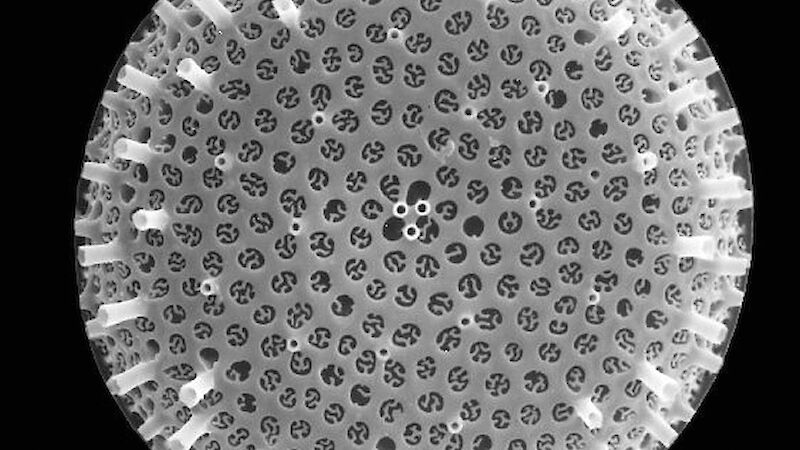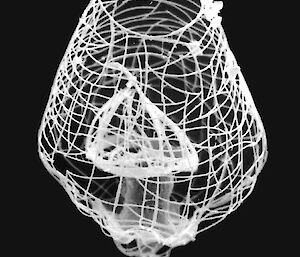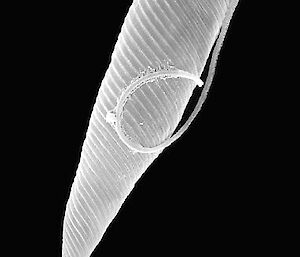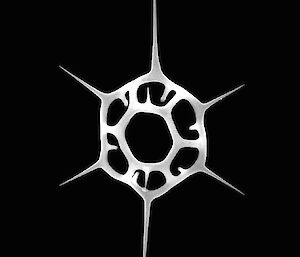The basic stuff of the Antarctic marine food web, those microscopic critters invisible to the naked eye, comes to life in a new book launched today.
Antarctic Marine Protists, edited by Australian Antarctic Division biologists Fiona Scott and Dr Harvey Marchant, was launched by former Tasmanian Governor, Sir Guy Green today.
Jointly published by the Australian Biological Resources Study (Canberra) and the Australian Antarctic Division (Hobart), federal funding through these two Department of the Environment and Heritage programs enabled the completion of the book.
Sir Guy’s interest in Antarctica was well-known. On his appointment in 1995 he set up the Governor’s Antarctic Forum bringing together the various government, business, tourist and other groups who represented Antarctica and its interests.
Australian Antarctic Division Director Dr Tony Press said that Sir Guy was a great supporter of Australia’s Antarctic program and recognised the significance of Australia’s scientific research and commitment to protecting the Antarctic environment.
Antarctic Marine Protists brings together the 15 major groups of Antarctic protists. Protists are the microbial plants and animals — phytoplankton and protozoa — upon which all other marine life depends. Protists account for over 90 per cent of the biomass of all living organisms in the ocean and constitute the base of marine food webs.
They also play a key role in the exchange of carbon dioxide between atmosphere and ocean and are accurate indicators of what’s going on in the ocean.
Marine protists take up about 50 per cent of the carbon dioxide produced by living things, including humans, and produce around 50 per cent of the oxygen we breathe. Some species produce chemicals which, when released to the atmosphere, promote the formation of clouds.
Antarctic Marine Protists is the most comprehensive volume of its kind and contains more than 560 species that play a crucial and connected role in the matrix of life in surface waters and sea ice around Antarctica.
Until now the information has been scattered among a number of journals and publications around the world making it time-consuming and often difficult to track down.
Antarctic Marine Protists has assembled a complete picture of the known information on these essential blocks of Antarctic marine life and will provide marine biologists and oceanographers with a complete one-stop reference, making identification of species easier and quicker.
About the editors
Fiona Scott
Phytoplankton biologist, Australian Antarctic Division. Co-author of The Turf Algal Flora of TheGreat Barrier Reef. Senior editor Antarctic Marine Protists.
Dr Harvey Marchant
Head AAD Biology Program. Senior editor Australian Antarctic Science: the first 50 years of ANARE. Winner of 2005 Royal Society of Tasmania Medal. Co-editor Antarctic Marine Protists.
Antarctic Marine Protists, edited by Fiona Scott and Harvey Marchant, published by the Australian Biological Resources Study in conjunction with the Australian Antarctic Division, 2004. ISBN 0642 56835 9.




